Cities Turn Social Media Into Public Service Powerhouses
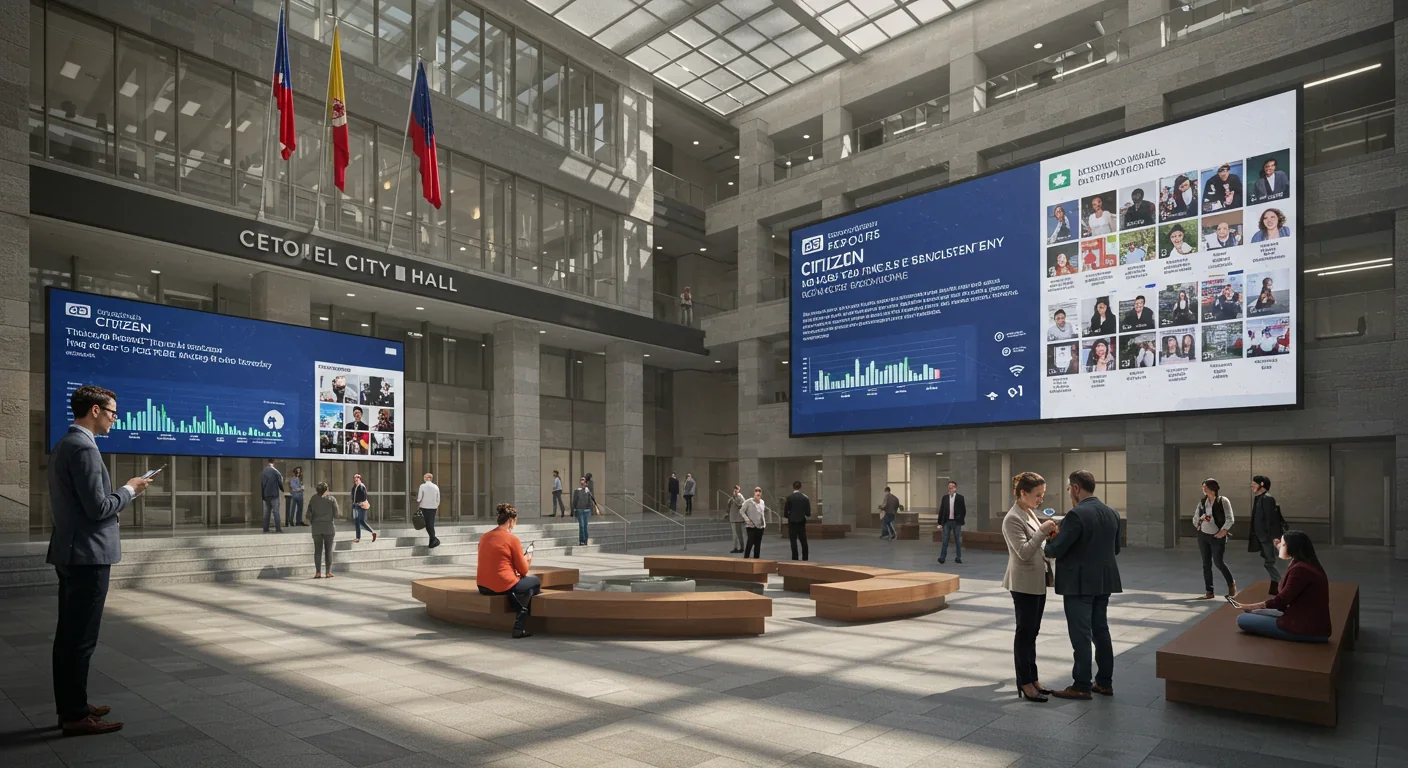
TL;DR: The creator economy is growing to $500 billion by 2027, but sustainability depends on diversification, not follower counts. While top creators earn millions, most struggle with platform dependency and algorithm changes. The future belongs to creators who build multiple revenue streams and own their audiences.
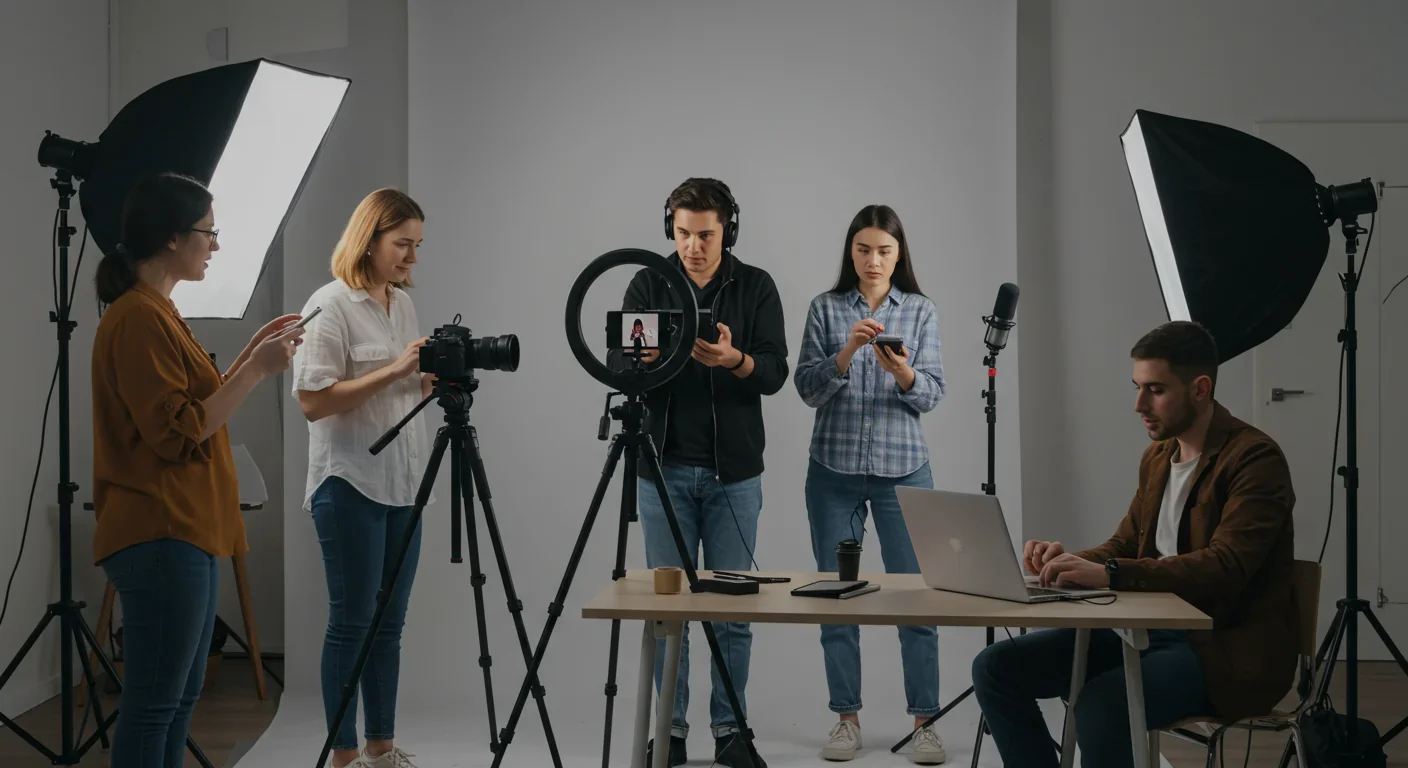
By 2027, the creator economy will be worth $500 billion, double what it was in 2024. That's not a prediction from some starry-eyed tech evangelist—it's what industry analysts are projecting. But here's the uncomfortable truth: while a handful of creators like MrBeast rake in $85 million annually, millions of hopeful influencers are grinding out content for pennies, wondering if their big break will ever come. So is this boom sustainable, or are we watching a bubble inflate in real time?
The creator economy looks unstoppable from 30,000 feet. There are now 207 million content creators worldwide—162 million amateurs and 45 million who've gone full-time. Platform growth is explosive: TikTok hit 2.05 billion users, Instagram reached 2.35 billion, and YouTube maintains its throne with 2.7 billion monthly active users.
But zoom in, and the picture changes fast. The top 10% of creators earned $171 million over the past year, while the vast majority struggle to crack a livable wage. YouTube's CPM ranges from $2 to $25 per thousand views, with creators keeping about 55%. TikTok's Creator Fund pays a measly $0.40 to $1.00 per thousand views. Do the math: a creator with 100,000 views on TikTok might earn $40 to $100. Now subtract the 20 to 40 hours spent planning, filming, and editing.
The reality for nano-influencers (those with 1,000 to 10,000 followers) is even grimmer. They might charge $50 to $500 per sponsored post, but sponsorship deals are sporadic. Most creators spend weeks producing content that never gets monetized.
If you're building a career on someone else's platform, you're essentially a tenant who can be evicted without notice. Algorithm changes have become the creator economy's nightmare fuel.
In early 2024, YouTube tweaked its recommendation algorithm, and thousands of creators watched their viewership crater overnight. Channels that reliably hit hundreds of thousands of views per video suddenly struggled to reach 20,000. The platform's black-box decision-making left creators scrambling, with no clear explanation and no recourse.
Instagram's pivot to prioritize Reels over static posts forced photographers and artists to become videographers or face irrelevance. TikTok's ever-shifting "For You" algorithm means a creator can go viral one week and invisible the next. The common thread? Creators have zero control.
This platform dependency creates what economists call "monopsony power"—when one buyer (in this case, the platform) has overwhelming leverage over sellers (creators). Platforms take 30% to 50% of creator revenue through various fees, and there's little creators can do about it.
The psychological toll is real. One YouTube creator put it bluntly: "I wake up every morning and check my analytics before I check if my family's okay. That's not healthy, but when your mortgage depends on an algorithm you don't understand, that's what happens."

Smart creators saw this vulnerability coming and started hedging their bets years ago. The winners in 2025 aren't the ones with the most followers—they're the ones with the most revenue streams.
Subscription models are the highest earners, generating an average of $94,731 annually. Patreon, Substack, and platform-native memberships (like YouTube's channel memberships) let creators monetize their most dedicated fans directly. Instead of chasing millions of casual viewers, successful creators cultivate thousands of paying supporters.
Digital products scale beautifully. Ali Abdaal's Skillshare courses, Rebecca Beach's photography presets, and Marques Brownlee's wallpaper app demonstrate how creators can turn expertise into infinitely scalable income. An ebook written once can sell forever with minimal overhead.
Brand partnerships remain lucrative, but the influencer marketing industry has matured. Brands now prioritize engagement rates over follower counts. A creator with 25,000 highly engaged followers often commands more than someone with 100,000 passive ones. Micro-influencers (10,000 to 100,000 followers) actually deliver better ROI because their audiences trust them more.
Merchandise and physical products represent another frontier. Creators like Emma Chamberlain leveraged their personal brands to launch coffee companies. The key is authentic alignment—audiences can smell a cash grab from miles away.
Cross-platform strategies aren't optional anymore; they're survival tactics. A creator who relies solely on one platform is playing Russian roulette with their livelihood.
The smartest creators treat platforms like a diversified investment portfolio. They might use TikTok for discovery, Instagram for community building, YouTube for long-form monetization, and email newsletters for direct audience ownership. Each platform serves a purpose, but none holds all the eggs.
Email lists have made a comeback because they're the one channel creators truly own. When Instagram goes down or changes its algorithm, your email list remains intact. Newsletter platforms like Substack and Beehiiv have exploded because they offer creators independence from social media whims.
Live events and experiences create revenue that platforms can't touch. Whether it's virtual workshops, in-person meetups, or hybrid conferences, creators are building communities that transcend any single platform.
Here's where it gets uncomfortable. With 207 million creators competing for attention, is the market oversaturated? Can the creator economy sustain this many people?
The answer depends on how you define "creator." If we're talking about people who occasionally post content, sure, there's room. But full-time sustainability? That's a different story.
Only about 22% of creators make enough to quit their day jobs. The rest supplement their income or create as a hobby. This isn't necessarily bad—many people are perfectly happy with side hustle income—but it does complicate the "everyone can be a creator" narrative.
The power law distribution is brutal. A tiny percentage of creators capture the vast majority of attention and revenue. This isn't unique to the creator economy (most markets work this way), but it does mean that most people entering the space won't become the next MrBeast.
However, niches offer hope. The beauty of internet audiences is that you don't need millions of followers to make a living. One thousand true fans—people who will buy anything you produce—can sustain a creator if they're monetized effectively. The challenge is finding your niche and building that core following.
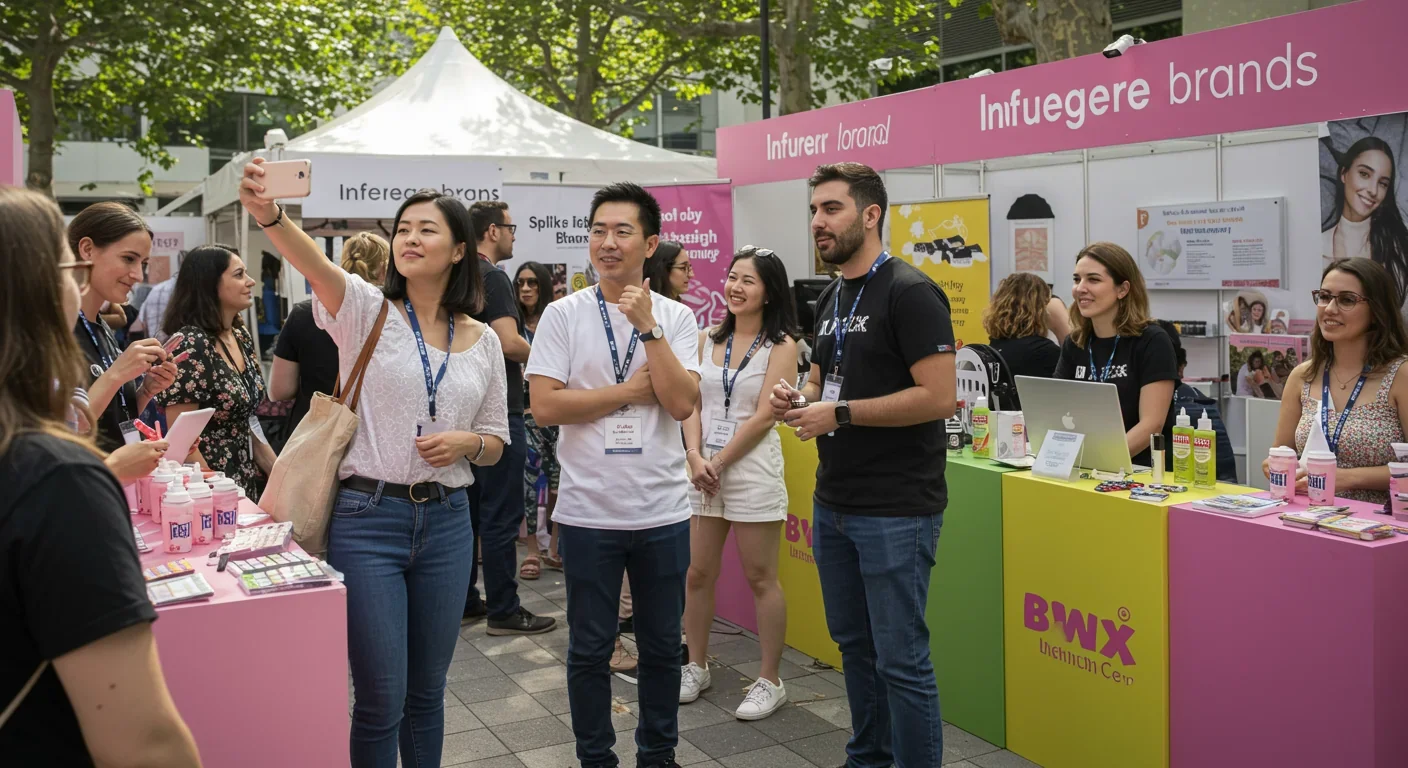
Let's recalibrate expectations. Success in the creator economy doesn't mean viral fame or Kardashian-level wealth. For most creators, success means replacing their 9-to-5 income while doing work they love.
The creators who thrive understand they're not just content producers—they're small business owners. They think about customer acquisition costs, lifetime value, profit margins, and diversified revenue. They invest in email marketing, SEO, and audience analytics.
Emerging platforms create opportunities for early movers. When TikTok exploded, creators who jumped in early had a massive advantage. The same pattern will repeat with whatever comes next, whether it's AI-generated content platforms, virtual reality spaces, or something we haven't imagined yet.
Community-driven content is winning. Interactive content yields 53% more engagement than static posts. Creators who foster genuine connections—responding to comments, hosting live Q&As, creating insider communities—build loyalty that algorithms can't erode.
Skills matter more than ever. As AI tools democratize content creation, the differentiator becomes strategic thinking, storytelling, and authentic personality. Anyone can make a technically proficient video now; not everyone can make one that resonates emotionally.
Platform dependency isn't the only vulnerability. Mental health issues plague the creator economy. The pressure to constantly produce, the comparison trap fueled by social media, and the financial instability create a toxic brew.
Burnout rates are staggering. Creators who built their brands on daily uploads find themselves trapped in an unsustainable content treadmill. Taking a break means losing momentum, but pushing through means sacrificing health.
Privacy and safety concerns intensify as creators gain followers. Doxxing, harassment, and stalking are real threats. Female creators face disproportionate abuse. The platforms do little to protect creators beyond basic moderation tools.
The lack of employment protections hurts too. No health insurance, no retirement plans, no unemployment benefits. Creators are independent contractors navigating these challenges alone.
Market saturation in popular niches makes standing out increasingly difficult. Beauty, gaming, and lifestyle content are so crowded that breaking through requires either exceptional creativity or massive upfront investment.
Despite the challenges, the creator economy isn't collapsing. It's maturing. The gold rush phase is over; now comes the phase where sustainable businesses emerge from the chaos.
Regulation is coming, whether creators like it or not. Governments are starting to treat influencer marketing like traditional advertising, requiring disclosure and accountability. Creator-focused financial products—mortgages, insurance, retirement accounts designed for variable income—are emerging.
Platform alternatives are gaining traction. Decentralized platforms promise creators more control and better revenue splits. Whether they deliver remains to be seen, but the mere existence of alternatives puts pressure on incumbents.
AI is both threat and opportunity. AI tools make content creation easier, but they also flood platforms with mediocre content. Creators who use AI strategically—to handle tedious tasks while focusing their energy on creative direction—will outperform those who ignore it or rely on it entirely.
The shift toward community and ownership continues. Creators are building private communities on Discord, Circle, and other platforms where they control the experience. They're launching member-only content, exclusive products, and VIP access tiers.
If you're entering the creator economy or trying to survive in it, here's what works:
Treat it like a business from day one. Track your time, calculate your effective hourly rate, and ruthlessly cut activities that don't generate returns. Many creators work incredibly hard while earning minimum wage because they never analyze their economics.
Own your audience. Build an email list. Create a website. Use platforms for distribution, but always funnel people to channels you control. When TikTok inevitably changes its algorithm again, you'll have a direct line to your supporters.
Diversify revenue obsessively. If any single income source represents more than 40% of your revenue, you're too dependent. Build multiple streams: ad revenue, sponsorships, products, services, memberships.
Invest in evergreen content. Not everything needs to be trendy. Content that remains relevant for years continues generating value long after publication. YouTube tutorials, in-depth guides, and educational content compound over time.
Find your sustainable pace. Daily uploads work for some creators, but most burn out. Experiment until you find a cadence that preserves your mental health while maintaining audience engagement.
Build relationships, not just an audience. The creators with the most resilient careers are those who genuinely connect with their communities. Respond to comments, ask for feedback, and create content that serves your audience rather than just extracting value from them.
So is the influencer boom a bubble waiting to pop? The answer is both simpler and more complex than a yes or no.
The creator economy isn't a monolith—it's an ecosystem. Parts of it are absolutely in bubble territory. The speculation around certain NFT creators, the inflated valuations of some creator economy startups, and the unsustainable content practices fueled by platform incentives all show bubble characteristics.
But the fundamental shift toward individual content creation isn't going away. People's appetite for authentic, niche content from real humans isn't disappearing. The infrastructure supporting creators—from payment platforms to management agencies to analytics tools—continues improving.
What we're seeing is a market correction, not a collapse. The get-rich-quick creators will wash out. The platforms will mature (or die and be replaced). The sustainable creators—those who treat it as a business, diversify their income, and build genuine communities—will thrive.
The creator economy of 2025 won't look like the Wild West of 2018. It'll look more like traditional media industries: professionalized, consolidated, with higher barriers to entry but more stable opportunities for those who make it.
For aspiring creators, the message is clear: come in with eyes open. Understand the risks, plan for volatility, and build multiple safety nets. The opportunity is real, but it's not easy, and it's definitely not guaranteed.
The influencer boom isn't a bubble destined to pop. It's a paradigm shift that's still finding its equilibrium. The question isn't whether the creator economy will survive—it's whether you can build something sustainable within it.
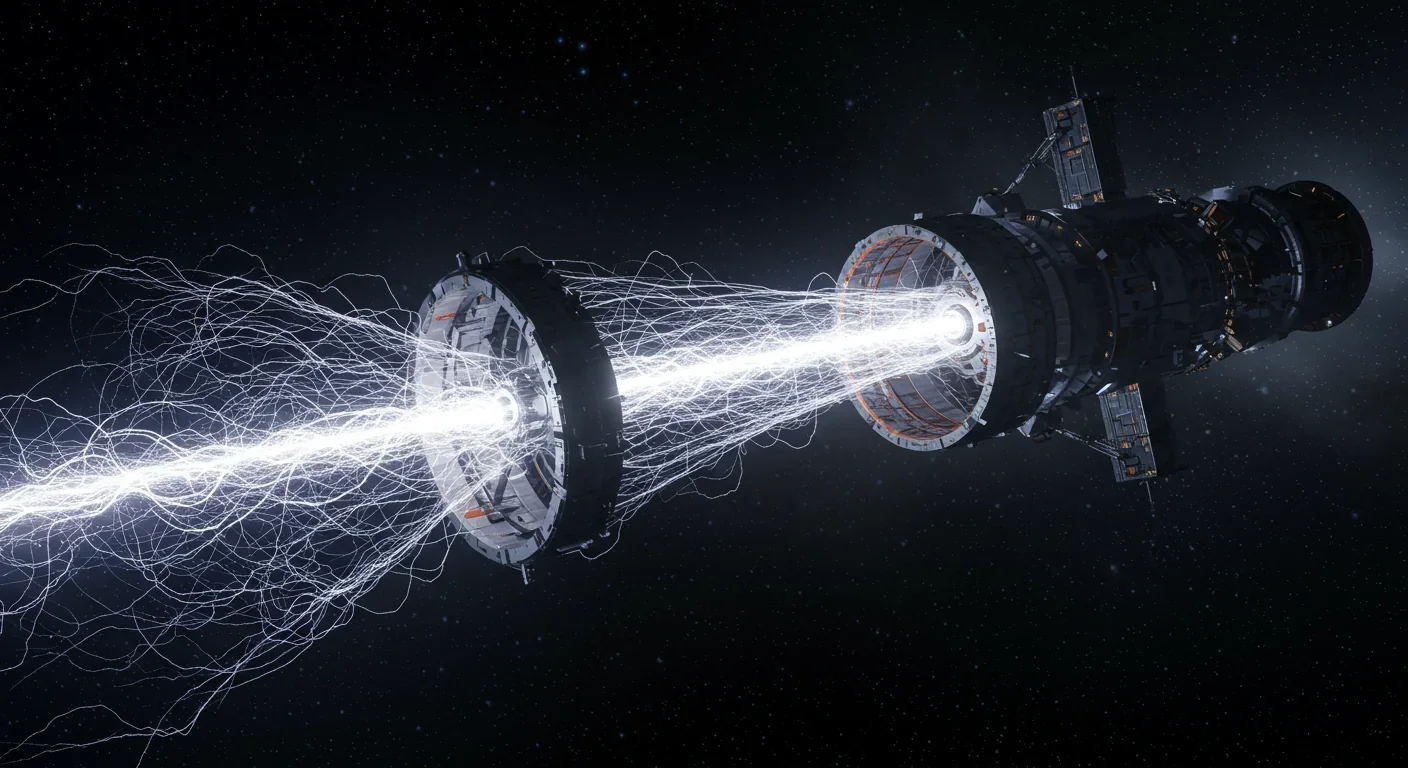
The Bussard Ramjet, proposed in 1960, would scoop interstellar hydrogen with a massive magnetic field to fuel fusion engines. Recent studies reveal fatal flaws: magnetic drag may exceed thrust, and proton fusion loses a billion times more energy than it generates.
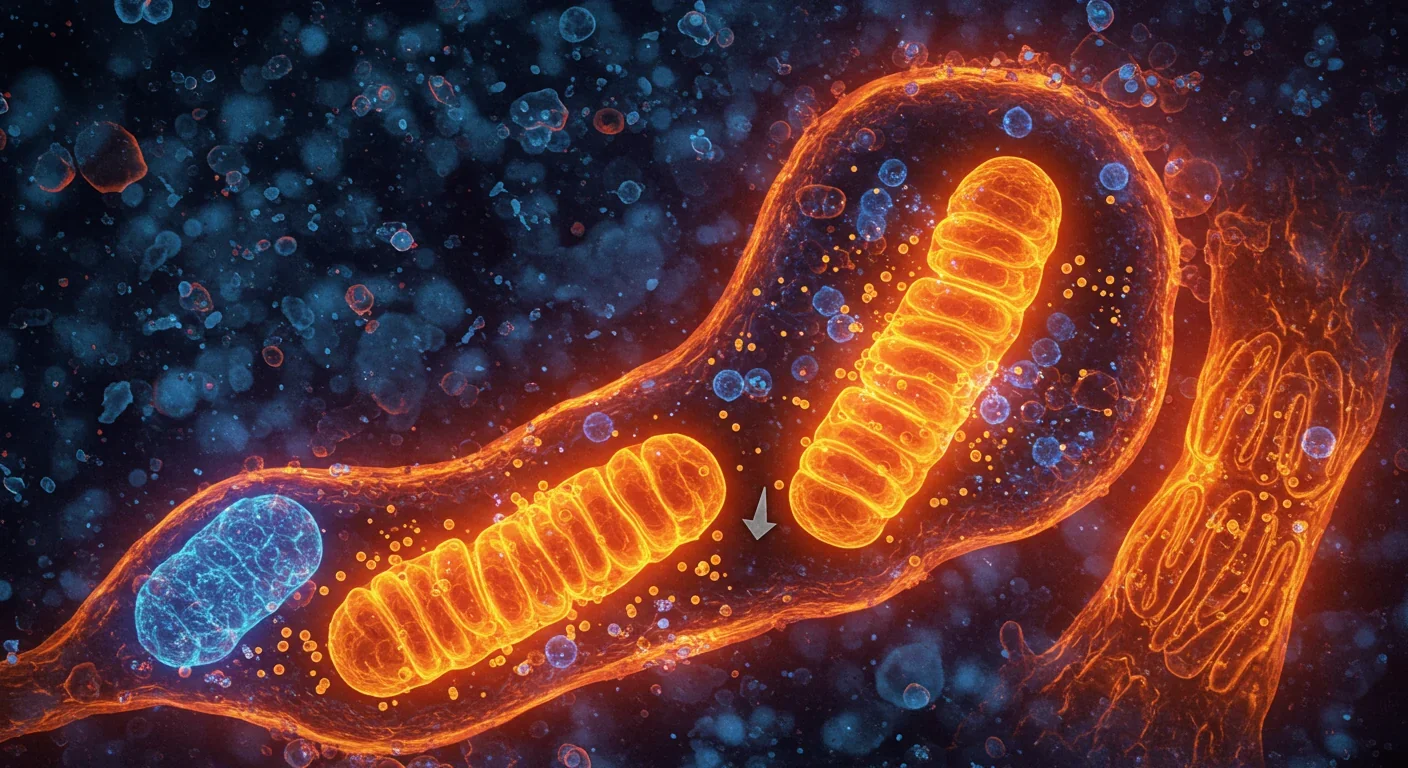
Mitophagy—your cells' cleanup mechanism for damaged mitochondria—holds the key to preventing Parkinson's, Alzheimer's, heart disease, and diabetes. Scientists have discovered you can boost this process through exercise, fasting, and specific compounds like spermidine and urolithin A.
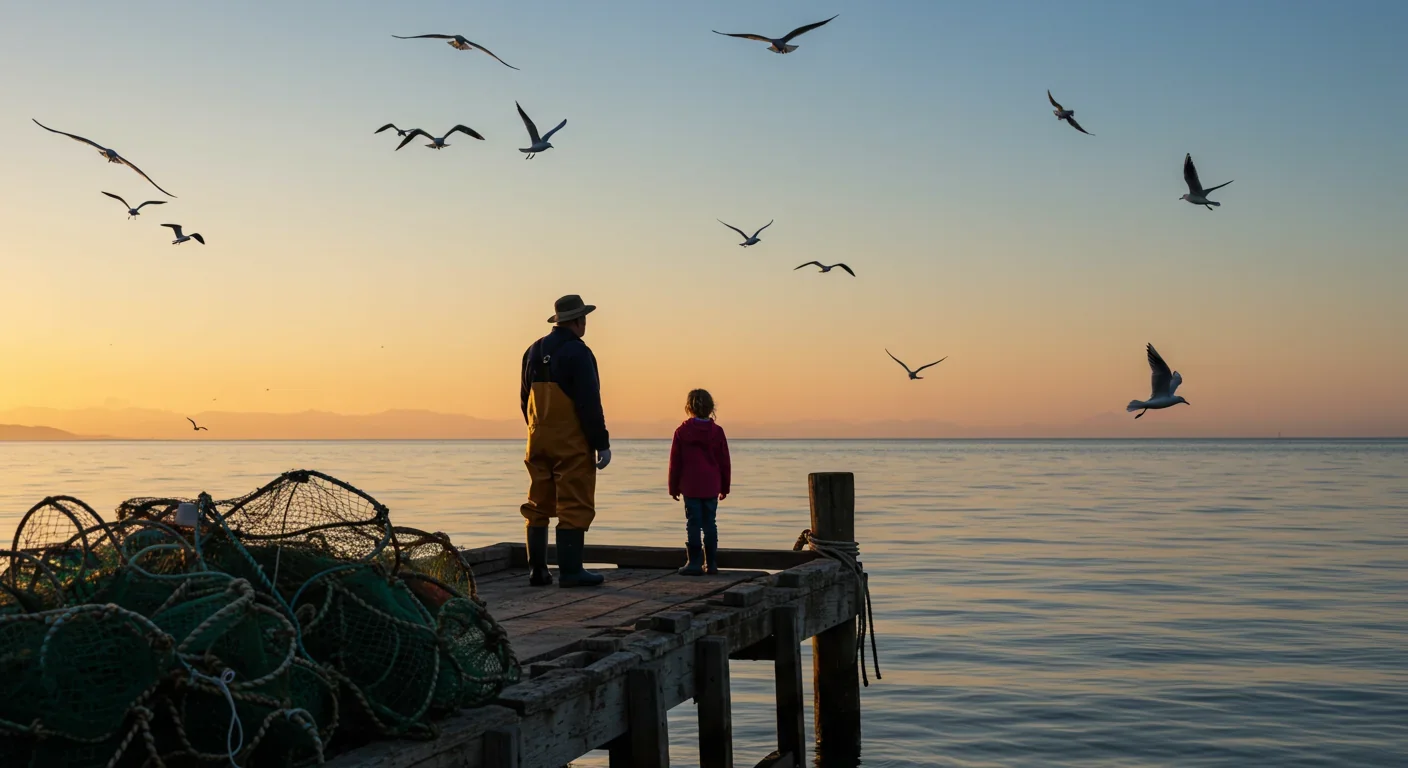
Shifting baseline syndrome explains why each generation accepts environmental degradation as normal—what grandparents mourned, you take for granted. From Atlantic cod populations that crashed by 95% to Arctic ice shrinking by half since 1979, humans normalize loss because we anchor expectations to our childhood experiences. This amnesia weakens conservation policy and sets inadequate recovery targets. But tools exist to reset baselines: historical data, long-term monitoring, indigenous knowle...

Social media has created an 'authenticity paradox' where 5.07 billion users perform carefully curated spontaneity. Algorithms reward strategic vulnerability while psychological pressure to appear authentic causes creator burnout and mental health impacts across all users.
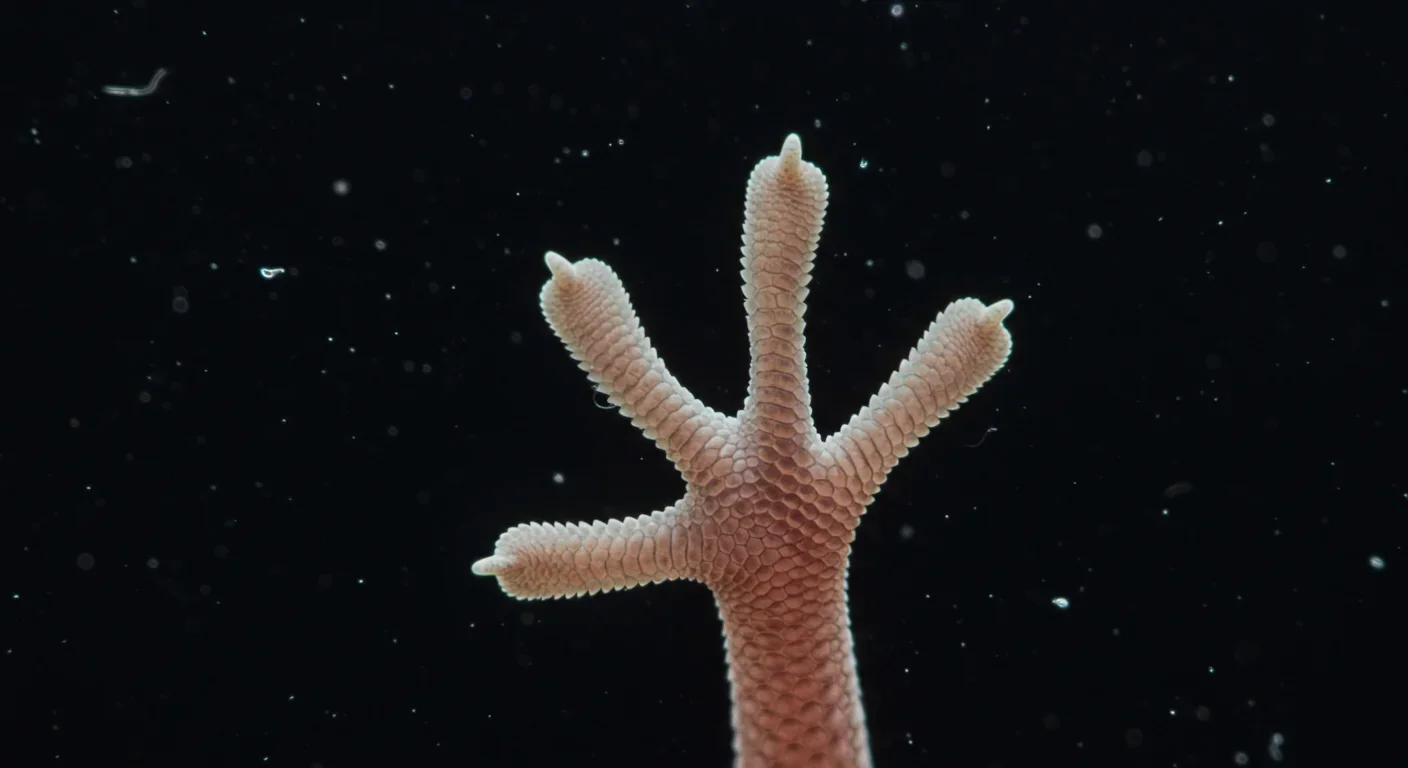
Scientists have decoded how geckos defy gravity using billions of nanoscale hairs that harness van der Waals forces—the same weak molecular attraction that now powers climbing robots on the ISS, medical adhesives for premature infants, and ice-gripping shoe soles. Twenty-five years after proving the mechanism, gecko-inspired technologies are quietly revolutionizing industries from space exploration to cancer therapy, though challenges in durability and scalability remain. The gecko's hierarch...

Cities worldwide are transforming governance through digital platforms, from Seoul's participatory budgeting to Barcelona's open-source legislation tools. While these innovations boost transparency and engagement, they also create new challenges around digital divides, misinformation, and privacy.

Every major AI model was trained on copyrighted text scraped without permission, triggering billion-dollar lawsuits and forcing a reckoning between innovation and creator rights. The future depends on finding balance between transformative AI development and fair compensation for the people whose work fuels it.